When I was growing up in the 1960s and ’70s, one of my best friends had a Victorinox Swiss Army Knife. He was justifiably proud of it, and I coveted it for its bright red color, multiple blades, the toothpick and tweezers that slotted into the end of the case, the folding scissors…and that Swiss-flag shield logo gave it a touch of European class.
Despite my early longings, I have never owned a Swiss Army Knife, but some years ago I discovered that Victorinox makes other knives of lesser complexity, and I am now the proud owner of five.
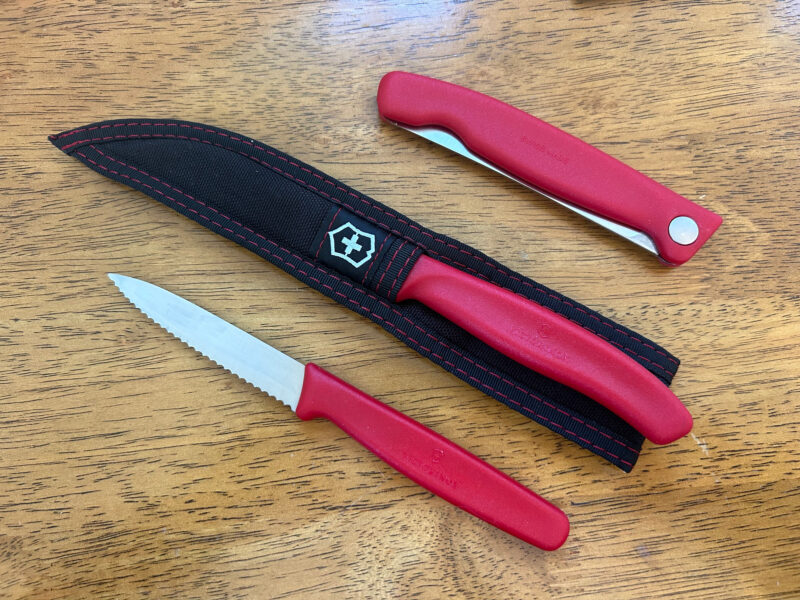 Photographs by the author
Photographs by the authorThe fixed-blade knives can be safely stowed in the made-for-purpose pouch, while the folding picnic knife offers a more compact solution.
Five years ago, on a visit to a local boatyard store, I spotted samples of a fixed-blade knife with a serrated stainless-steel blade and a bright-red polypropylene handle. I asked about them and was told they were Victorinox Swiss Classic Paring Knives, a favorite with local commercial fishermen and the yard’s own crew, and that they would cut through almost anything. The price tag was around $5. I bought one.
I still have it. It lives in a bucket on my 16′ sailboat and has been used for cutting everything from nylon three-strand rope and small bits of softwood to apples and rags. It remains sharp, and its handle has retained its vivid color. A couple of years after buying that first one, I found a second, tangled up in a pile of seaweed in the tidal zone near our mooring. It’s in equally good shape despite the unknown time it spent slewing around in the saltwater. It lives in the car. There is a third one in the kitchen that has become a family-favorite prep knife, and a fourth lives in the garage toolbox.
The paring knife’s handle is polypropylene with a molded valley along its length that fits my thumb when cutting. It feels comfortable in the hand and its textured finish is just enough to make the grip secure even when it’s wet. The overall length of the knife is 7 1⁄8″, the cutting edge is 3 3⁄16″ long, and at its maximum width the blade measures 1⁄2″. The blade is 1⁄16″ thick at the shaft, and the overall weight is just 0.6 oz.
The Swiss Classic Paring Knife comes in a wide range of handle colors, and a variety of blades: edges can be straight or serrated (called “wavy” by Victorinox), and the blade profiles are either spearpoint or sheepsfoot. My two fixed-blade paring knives (both serrated, but each of the different blade profile) reveal an evolution in Victorinox’s handle design: my original knife’s handle is almost straight along its upper edge, while the more recent acquisition has a pronounced curve, which is more comfortable to hold.
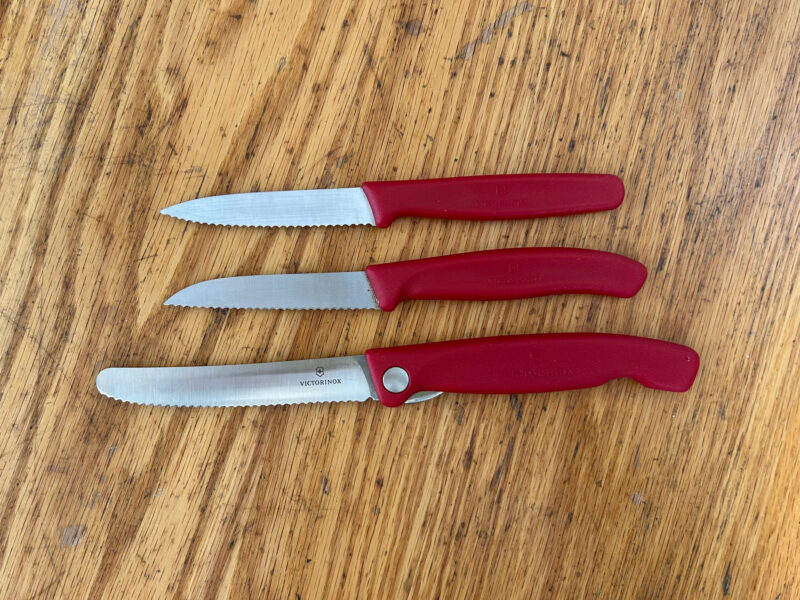
The three knives are clearly of the same family but with variations. From top to bottom are the serrated spearpoint knife, which after five years of use both on and off the boat is only slightly less sharp than it was when new; the sheepsfoot knife was found in the tidal zone and is as good as new except for some slight discoloring of the blade at the handle end; the picnic knife with serrated edge and rounded end is good for both cutting and spreading.
Thanks to the bright color of the knife’s handle, it is easy to spot in the dark recesses of a toolbox or drawer, and for anyone who wants a touch of safety there is an optional extra nylon sheath (or pouch) that has a covered metal tension belt clip, and an inner plastic liner. It is designed for the Victorinox paring knives but would fit any knife with a blade length of up to 3 1⁄4″, and an approximate width of 5⁄8″.
The most recent addition to my Victorinox collection is the Classic Picnic Knife, a foldable version of the paring knife. Made with the same polypropylene handle and stainless-steel serrated edge, the knife weighs 1.525 oz. Its blade is 4″ long with a rounded tip, 11⁄16″ at its widest, and folds into a 5 1⁄8″-long handle. It has the same excellent cutting quality, but with its blunt end is well suited to spreading. The liner lock that holds the blade open is more easily operated left-handed and was a little awkward to operate at first.
All Victorinox knives are Swiss made and guaranteed for life. They remain my go-to knives and are still the most affordable either on the boat or in the kitchen.![]()
Jenny Bennett is editor of Small Boats.
Victorinox Swiss Classic Paring Knives are available through many marine stores, including Hamilton Marine where they are marketed as Net and Twine Knives, or direct from Victorinox. The classics are priced at $8, the pouch is $9, and the folding picnic knife is $24.
Is there a product that might be useful for boatbuilding, cruising, or shore-side camping that you’d like us to review? Please email your suggestions.
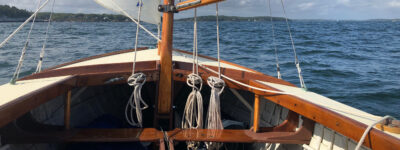
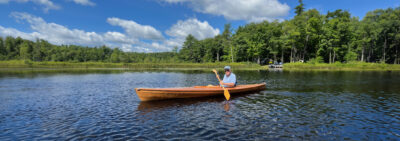



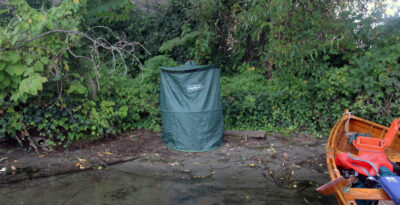


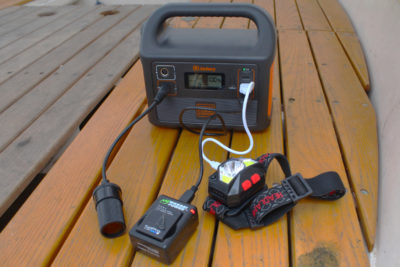
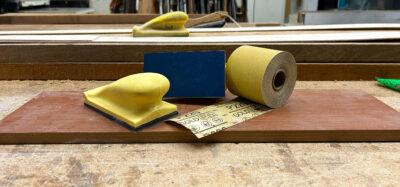
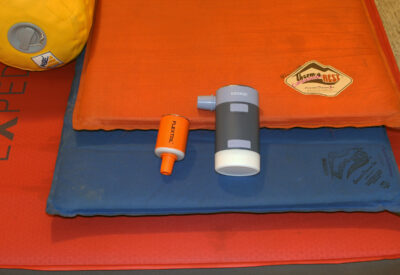

We have been buying the top knife for years and they are indispensable in our house and have given them as an all gifts to many of our friends.
Probably the best ‘bang for the buck’ in the knife world!
The Vickies are hanging on every deck hands belt in the Bering Sea Fisheries. We buy them by the case.
These are in constant use by my wife and others on the farm. Used for harvesting. In the farm, my wife reports they last about one season (staying sharp, not breaking).
I just thought they were harvest knives and never considered them for any other task! Ha!
She has several. There’s one in every car and now I’m thinking I need to add one to my camper and the folding one to a bag in the kayak.
I bought a set of two Victorinox pairing knives and a peeler while in Germany two years ago. They are economical and excellent, a surprising value in this day and age.